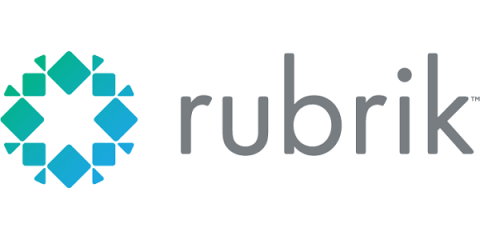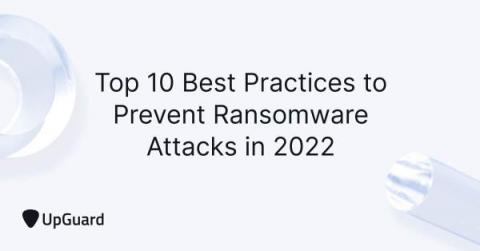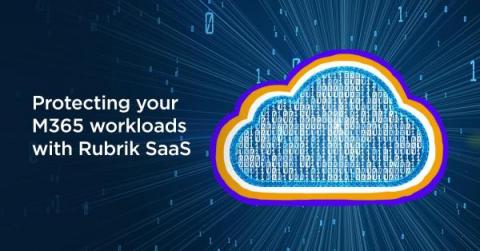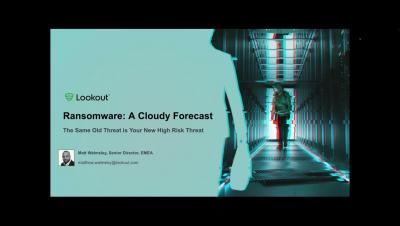Ransomware Response and Remediation With a Data Observability Engine for Data Security
Ransomware can be expensive—in 2021, the average cost of a ransomware attack was $4.62million, and that doesn’t include the ransom itself. Beyond financial costs, the cost of time, data, and brand reputation can also be astronomical. According to the IST Ransomware Task Force, the average downtime can be 21 days, with full recovery taking on average 287 days from the initial ransomware incident response. And cyber criminals are getting more sophisticated every year.











